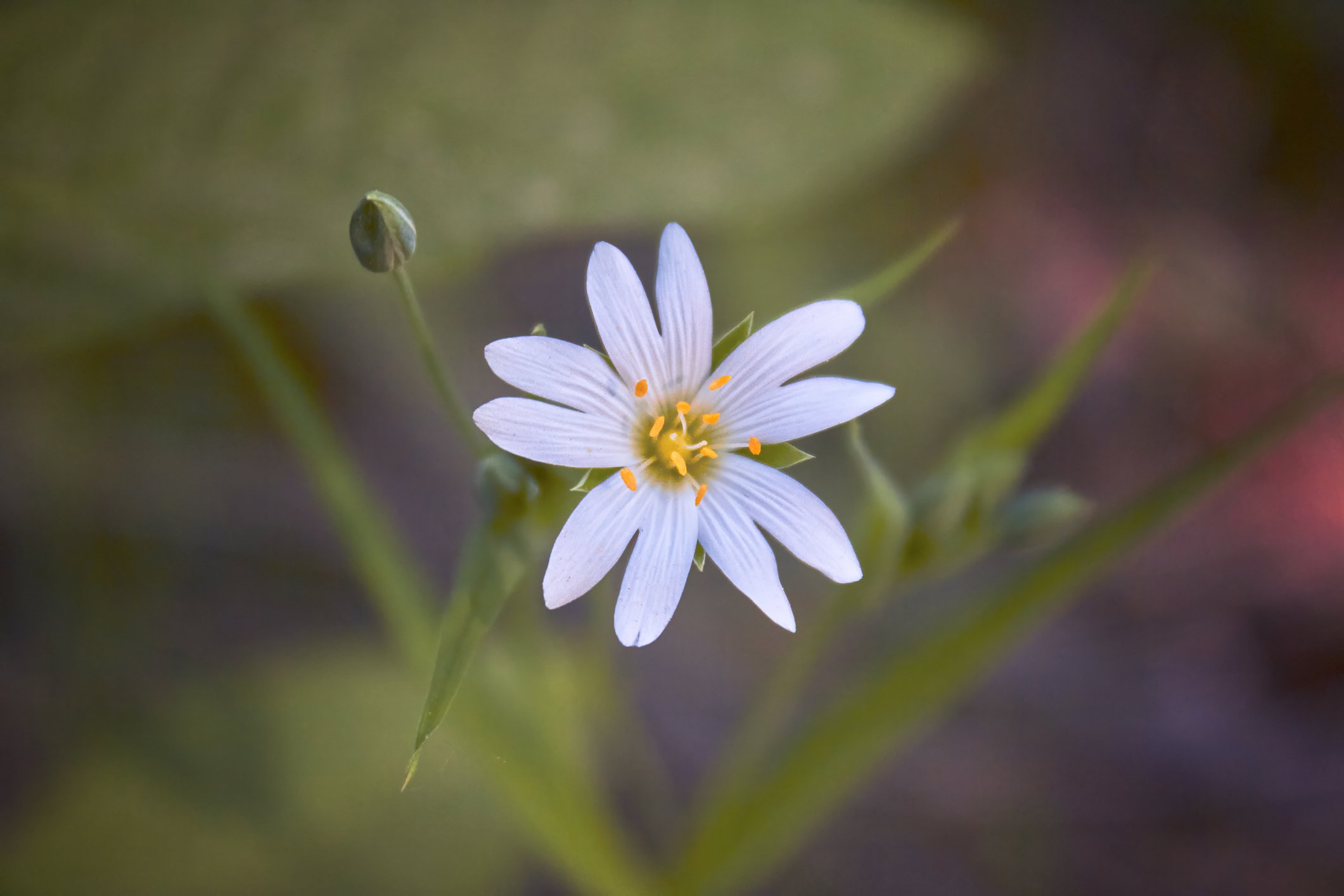
Chickweed
Chickweed (Stellaria media)
Stellaria media (chickweed) is a cool, soothing little herb for hot, itchy, or inflamed tissues. Traditionally used for rashes, minor eruptions, and irritated eyes or skin, it helps take the “heat” out while gently supporting lymphatic drainage and nourishment. A simple, safe spring herb that’s as good in salves as it is fresh from the garden.
Plant family
Caryophyllaceae.
Parts used
Herba
Typical forms of prescription
Tincture
Poultice
Infused oil (topical). Fresh herbs can be used to infuse oil.
Dosage
Tincture (1:2): 20-40 ml per week.
Stellaria media (Chickweed) - Clinical Snapshot
Primary Actions
Antipruritic
Demulcent
Refrigerant
Anti-inflammatory
Depurative
Vulnerary
Primary Indications
Pruritic rashes (eczema, psoriasis, chickenpox)
Insect bites & stings
Upper respiratory tract inflammation
Dry coughs
⚠️ Cautions / Safety⚠️
May cause dermatitis in sensitive individuals
Avoid large internal doses during pregnancy and lactation
Stellaria media
Phytochemistry and Pharmacology
-
Action: Expectorant, anti-inflammatory, antimicrobial, lymphatic stimulant.
Use: Saponins help loosen mucus in the respiratory tract and gently stimulate lymphatic flow, supporting detoxification. They also aid in absorbing nutrients and have mild antimicrobial effects.
-
Action: Demulcent, soothing, anti-inflammatory.
Use: Mucilage coats and soothes irritated mucous membranes, making Chickweed helpful for sore throats, dry coughs, and inflamed skin or gut lining. It adds to its usefulness in poultices, creams, and teas.
-
Action: Antioxidant, immune-supportive, skin-healing.
Use: Chickweed is rich in these vitamins, supporting immunity, collagen repair, and skin health. Vitamin C aids wound healing and resilience, while Vitamin A helps maintain healthy epithelial tissue.
-
Action: Antioxidant, anti-inflammatory, tissue-protective.
Use: These help calm inflamed tissues, support healing, and protect cells from oxidative damage. In Chickweed, they contribute to its cooling, soothing nature, both topically and internally.
Traditional use
Chickweed has been used in traditional European medicine for ailments such as scurvy, constipation, and obesity, thanks to its mild laxative and nutrient-rich profile. It was also applied externally as a poultice for swellings, boils, and hardened lumps or "knots" in the tissue. As a spring pot herb, chickweed was often cooked like spinach, though traditionally blanched and rinsed to reduce its slightly soapy flavour, caused by naturally occurring saponins.
Clinical Description
The name Stellaria means "star-like", a nod to its delicate white, star-shaped flowers. Chickweed contains saponins, which contribute to its anti-inflammatory, vulnerary (wound-healing), and antipruritic (anti-itch) effects. It is a key herb for treating inflamed, irritated skin, especially when there's heat, itch, or dryness present.
Chickweed is most effective when used fresh. It’s commonly infused into oils or ointments to make cooling creams for eczema, rashes, bites, stings, ulcers, and boils. The fresh juice or mashed herb can also be applied directly as a poultice to soothe hot, itchy, or inflamed skin.
Its cooling energetics and gentle action make it ideal for children, the elderly, or anyone with sensitive skin.
Cultivation/Harvesting
Chickweed is a fast-growing annual or short-lived perennial that thrives in cool, damp conditions, often found in disturbed soil, garden beds, and around allotment edges. It prefers partial shade but grows readily in sun if moisture is available.
Harvest the fresh aerial parts throughout the growing season, ideally in spring and early summer, before flowering for the best medicinal quality. Use fresh in oils or poultices, or juice immediately for topical use.
Foragers note: Chickweed has opposite leaves, a single line of hairs running down the stem, and white star-like flowers. Be cautious not to confuse it with scarlet pimpernel or Euphorbia (spurge)—both are toxic and have red or orange flowers.
Key Botanical Features of Chickweed (Stellaria media)
Growth
Type: Annual or short-lived perennial herb.
Size: Low-growing, 5–40 cm (2–16 inches) tall.
Stem: Weak, creeping, and often hairy on one side, rooting at nodes to spread along the ground.
Leaves
Type: Opposite, simple, and ovate (egg-shaped).
Size: 0.5–2.5 cm (0.2–1 inch) long.
Texture: Soft, smooth, or slightly hairy.
Margins: Entire (smooth-edged), sometimes slightly wavy.
Flowers
Type: Small, star-like, radially symmetrical.
Size: 4–6 mm (0.16–0.24 inches) in diameter.
Petals: White, deeply notched, appearing as if there are 10 petals instead of 5.
Sepals: Green, longer than petals.
Blooming Period: Nearly year-round, especially in cool, moist conditions.
Pollination: Primarily self-pollinating, but also visited by insects.
Fruits & Seeds
Fruit Type: Small, elongated capsule, splitting into several segments.
Seeds: Tiny, reddish-brown, rough-textured, and numerous.
Seed Dispersal: Wind and self-sowing.
Roots
Type: Shallow fibrous roots, sometimes with additional roots at stem nodes.
Function: Helps it spread quickly and grow in disturbed soils.
Habitat & Growth Conditions
Climate: Thrives in temperate and cool climates.
Soil: Prefers moist, nutrient-rich, well-drained soil.
Sunlight: Tolerates partial shade to full sun.
Distribution: Native to Europe and Asia, but now widespread globally, often found in gardens, fields, and disturbed areas.
Sustainability/Conservation
A common weed that’s not under threat.
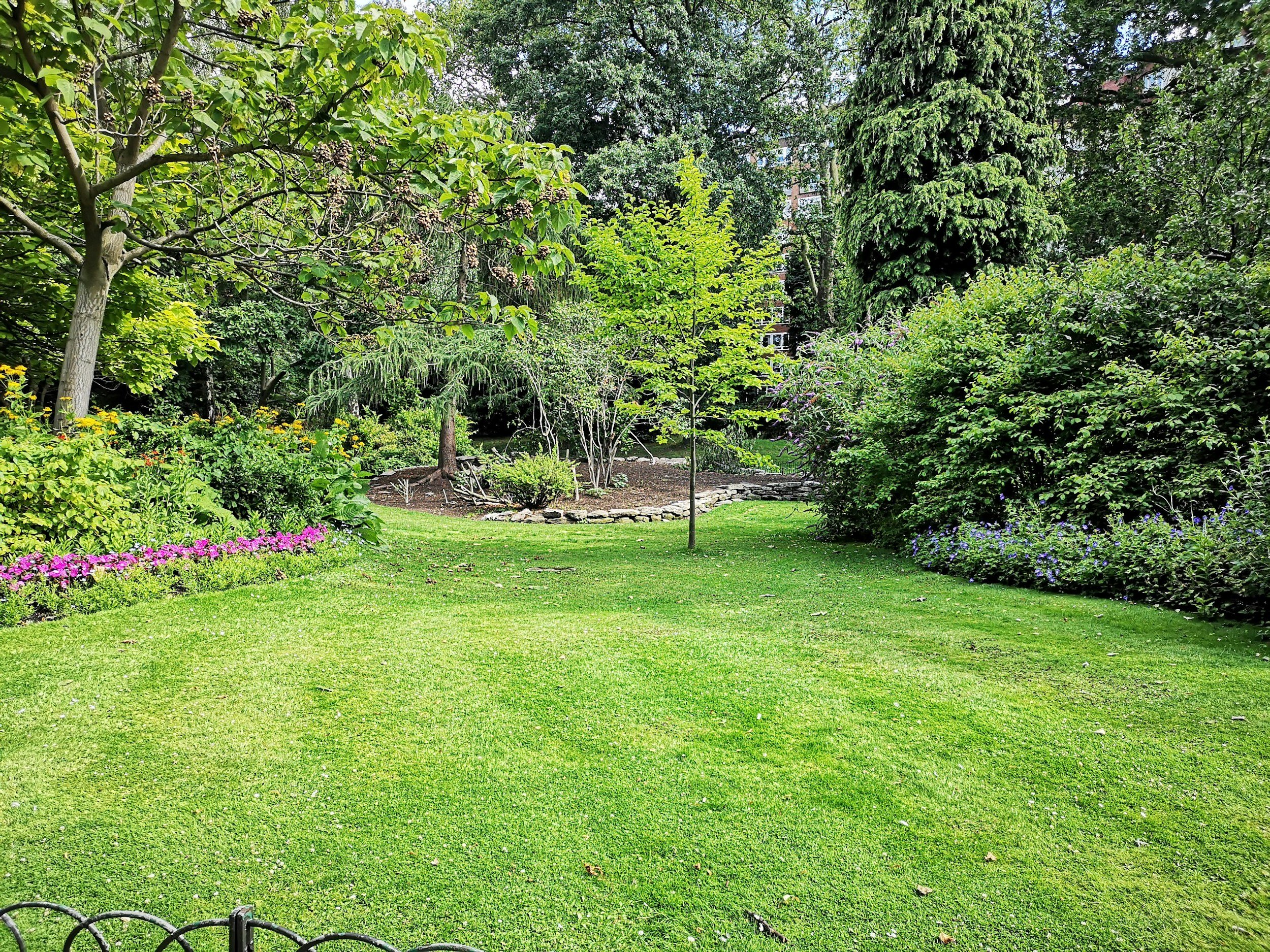
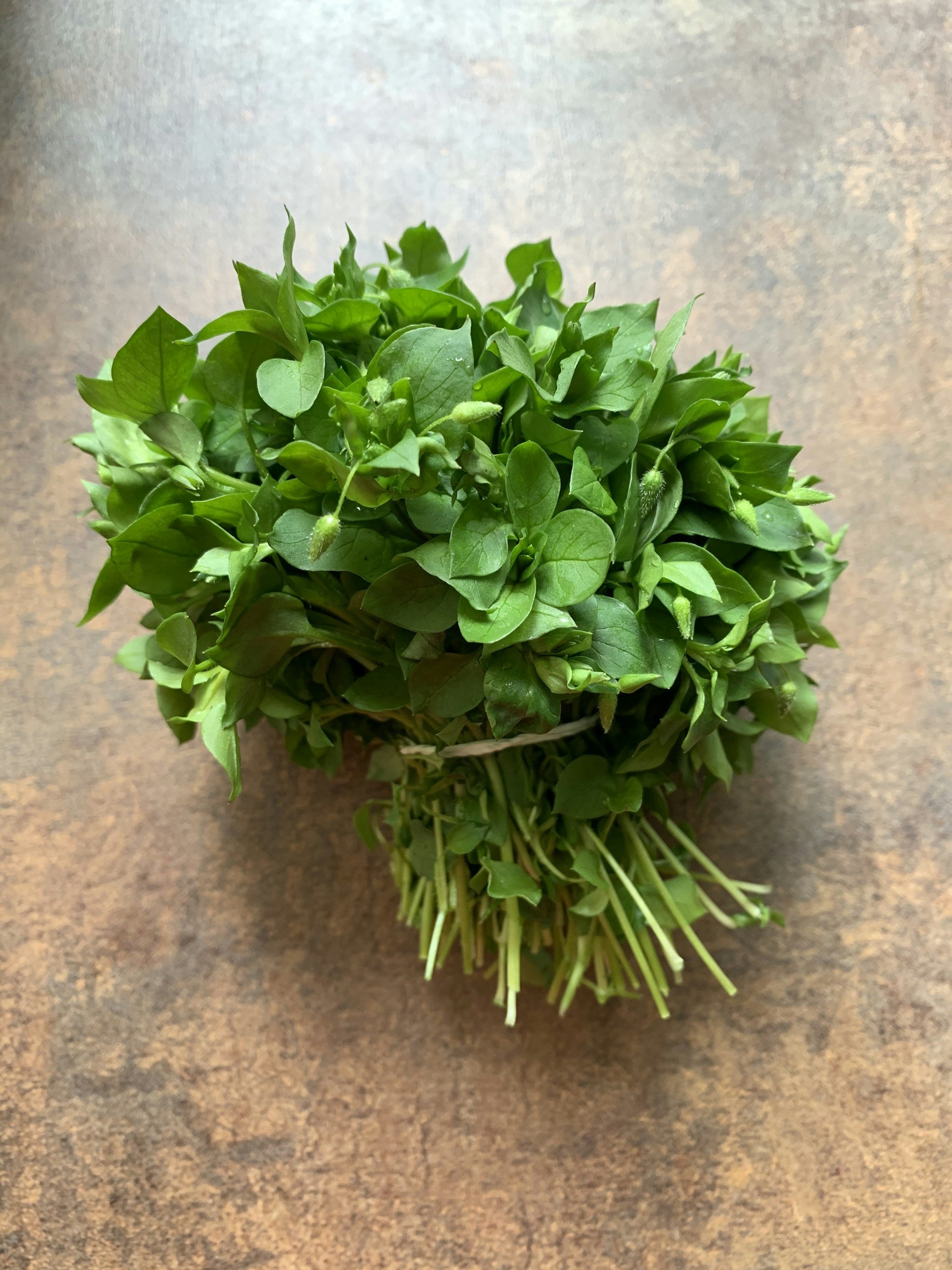
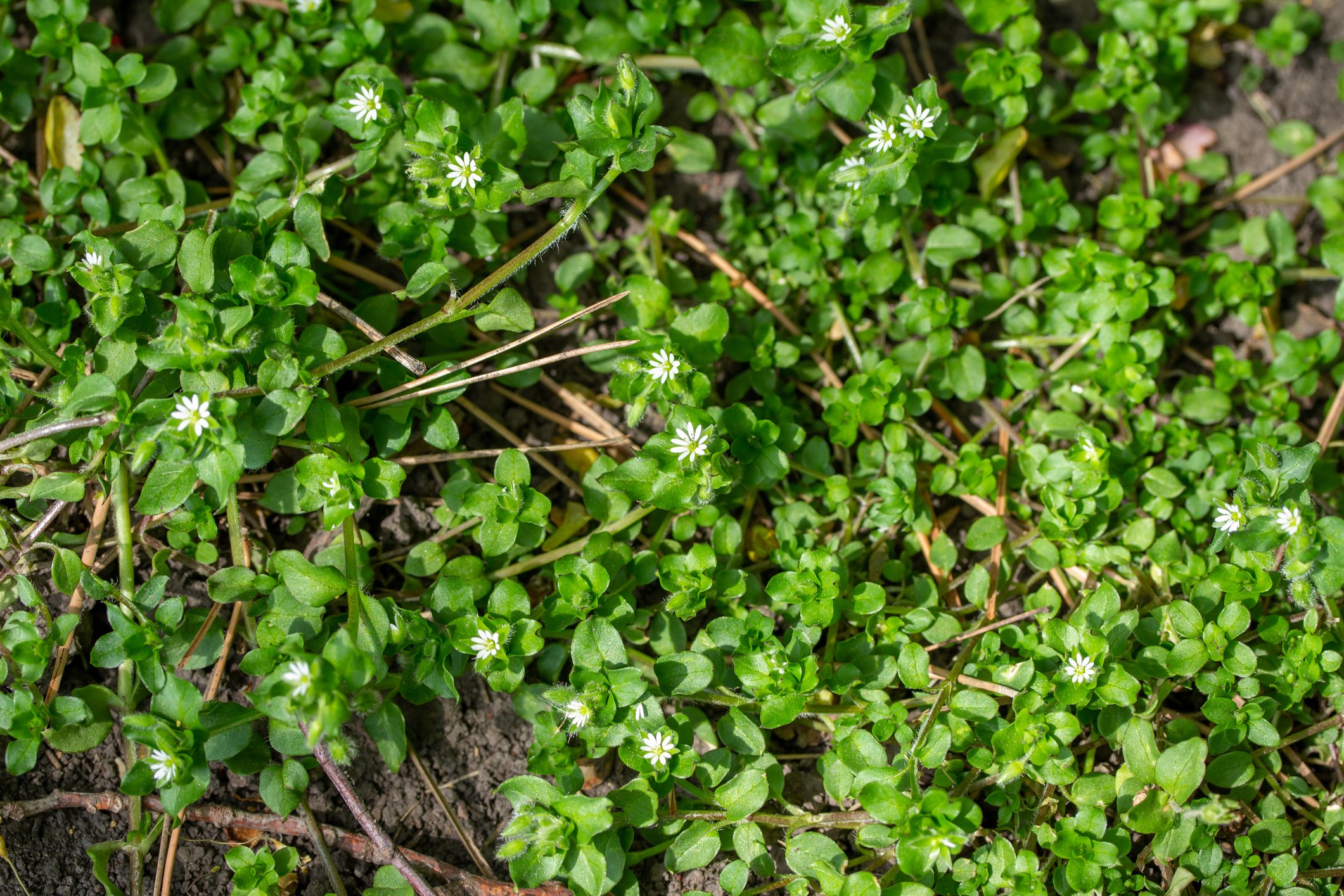


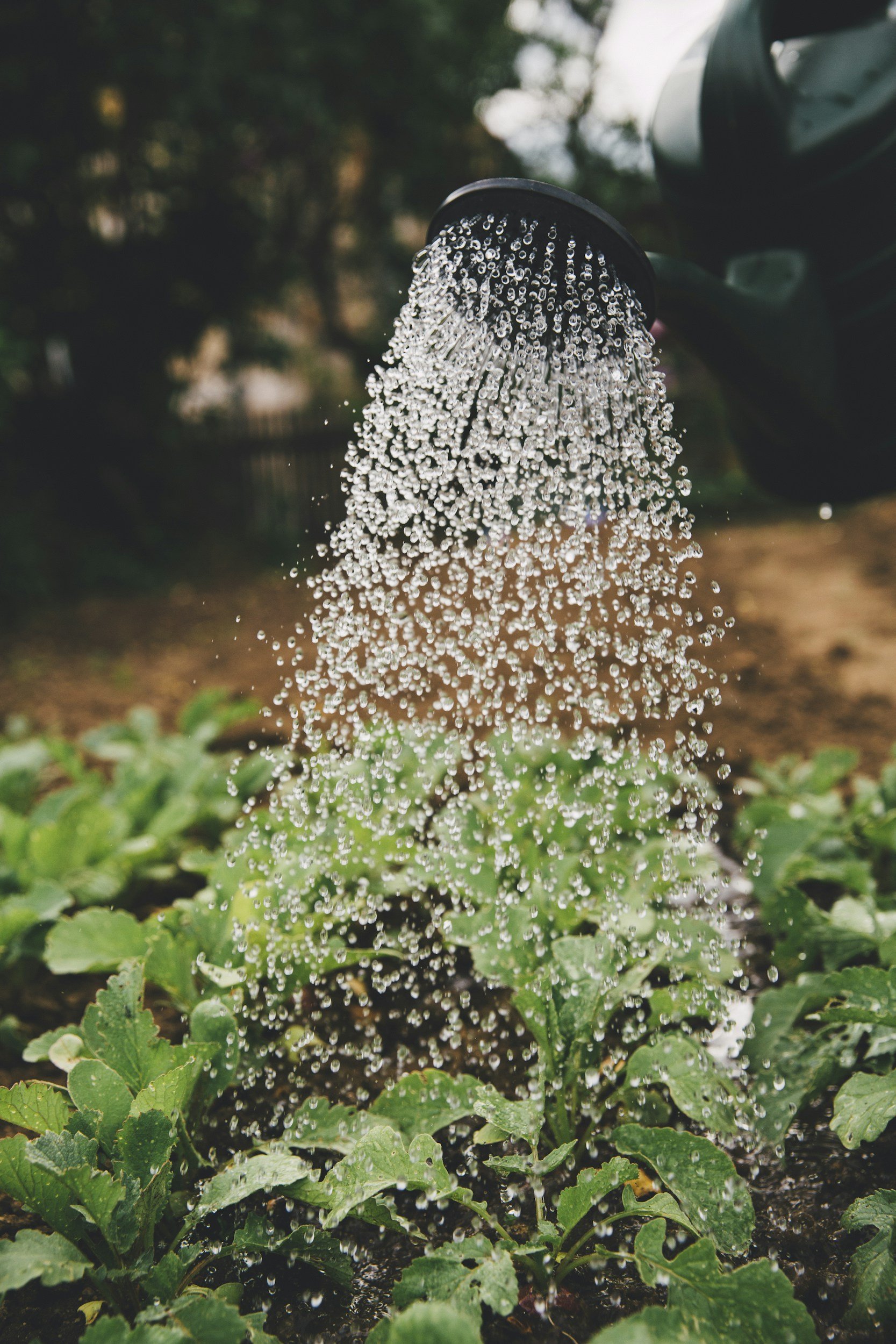
Sources
Bartram, T. (1998). Bartram’s encyclopedia of herbal medicine. Constable.
Fisher, C. (2018). Materia medica of western herbs (Rev. ed.). Aeon Books.
Hedley, C., & Shaw, N. (2020). A herbal book of making and taking. Aeon Books.
Hoffmann, D. (2003). Medical herbalism: The science and practice of herbal medicine. Healing Arts Press.
McIntyre, A. (2019). The complete herbal tutor (Revised & expanded ed.). Aeon Books.
Royal Botanic Gardens, Kew. (n.d.). Plants of the World Online. https://powo.science.kew.org/
Mills, S., & Bone, K. (2013). Principles and practice of phytotherapy: Modern herbal medicine (2nd ed.). Churchill Livingstone; Elsevier.
Barnes, J., Anderson, L. A., & Phillipson, J. D. (2013). Herbal medicines (3rd ed.). Pharmaceutical Press.
Benzie, I. F. F., & Wachtel-Galor, S. (Eds.). (2011). Herbal medicine: Biomolecular and clinical aspects (2nd ed.). CRC Press; Taylor & Francis.
Evans, W. C. (2009). Trease and Evans’ pharmacognosy (16th ed.). Elsevier.
Disclaimer: This page is for educational purposes only. Consult a qualified medical herbalist before using herbs, especially during pregnancy, when trying to conceive, while breastfeeding, for medical conditions, or with children.
Read the full disclaimer → Medical Disclaimer.




